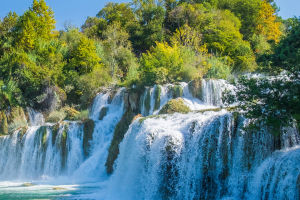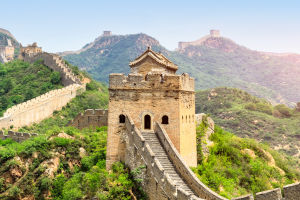If we’ve ever dreamed of standing above the clouds and reaching for the stars, Mauna Kea in Hawaii is the place to go. Located on the Big Island, this dormant volcano is not only home to the world’s most powerful telescopes but also offers one of the best stargazing experiences on the planet.
Let’s dive into the ultimate guide to visiting Mauna Kea—full of practical info, cultural insights, and unforgettable views.
Why Is Mauna Kea So Special?
Mauna Kea rises 13,796 feet (4,205 meters) above sea level, making it the highest point in Hawaii. What makes it truly special for astronomy is its clean, dry air, minimal light pollution, and location near the equator. These conditions create a perfect window to the stars. That’s why observatories from around the world have chosen this summit to study space.
But there's more—Mauna Kea is also sacred to Native Hawaiians. It’s seen as a spiritual connection to the sky and ancestors. Visiting this mountain means not just exploring science, but also honoring tradition and nature.
How to Get There
- Start From: Hilo (about 1 hour 15 minutes) or Kailua-Kona (about 2 hours).
- Drive To: Mauna Kea Visitor Information Station (VIS) at 9,200 feet (2,800 meters). It's located off Saddle Road.
- Going to the Summit: Only 4WD vehicles are allowed past the VIS. Roads are steep and unpaved.
- No 4WD? No problem—guided summit tours are available and safe for everyone.
Opening Hours and Entry Costs
- Visitor Information Station: Open daily from 9:00 AM to 9:00 PM
- Night Stargazing Program: From 6:00 PM to 9:00 PM, free of charge (weather permitting)
- Summit Access by Private Vehicle: Free, but 4WD is required, and some rental companies don’t allow summit driving
- Guided Summit Tours: Range from $200 to $280 USD per person, often include sunset viewings and stargazing
What to Expect and What to Do
- Acclimatize at VIS: Spend 30–45 minutes adjusting to the altitude before going higher.
- Explore Cultural Exhibits: Learn about Hawaiian history and the mountain’s spiritual role.
- Join Stargazing Nights: Volunteers set up telescopes to let us see planets, stars, and galaxies.
- Take a Guided Summit Tour: Watch the sunset from above the clouds, then gaze at the stars in unmatched clarity.
- View the Telescopes (from outside): Such as the Keck Telescopes, Subaru, CFHT, and NASA IRTF.
Best Time to Visit
- Season: April to October for the driest and clearest skies
- Time of Day: Aim for sunset followed by stargazing
- Avoid Full Moon Nights: The sky is brighter, making stargazing harder
Visitor Tips You Need to Know
- Dress in Layers: It can drop below 32°F (0°C) at the summit—even in summer!
- Altitude Precaution: The summit has 40% less oxygen. People with health issues should check with a doctor.
- Food & Water: Bring your own—there are no shops or restaurants on the mountain.
- Fuel Up First: There are no gas stations after you leave Hilo or Kona.
- Restrooms: Available at the visitor station, but not at the summit.
- Book Tours Early: Especially during peak travel seasons and holidays
What Will We See at the Top?
- At the summit, we’ll find a stunning array of observatories, including:
- Keck I & II – The world’s largest optical telescopes
- Subaru Telescope – Built by Japan, perfect for deep space imaging
- CFHT – A veteran telescope still doing major scientific work
- James Clerk Maxwell Telescope – For studying submillimeter wavelengths
- NASA Infrared Telescope Facility – Dedicated to exploring space in infrared
Even though the observatories aren’t open for public tours, seeing them under the stars is unforgettable. And the sunset? Watching golden light spill across the clouds from this height is a once-in-a-lifetime moment.
Is Mauna Kea Worth Visiting?
Absolutely. Mauna Kea is a rare place where natural beauty, culture, and science all meet. Whether we’re looking for inspiration, adventure, or silence under the stars, it delivers. All it asks from us is respect—for the land, the people, and the mountain itself.
So, Lykkers, Would You Go?
Have you ever watched a sunset above the clouds? Or seen Saturn’s rings through a telescope? If not, Mauna Kea is waiting. If you’ve already been—what was your favorite moment? Let’s chat in the comments and share some sky-high dreams together!
Mauna Kea Summit Observatory Adventure and Stargazing on the Big Island of Hawaii!
Video by Abbie and Wiebe


